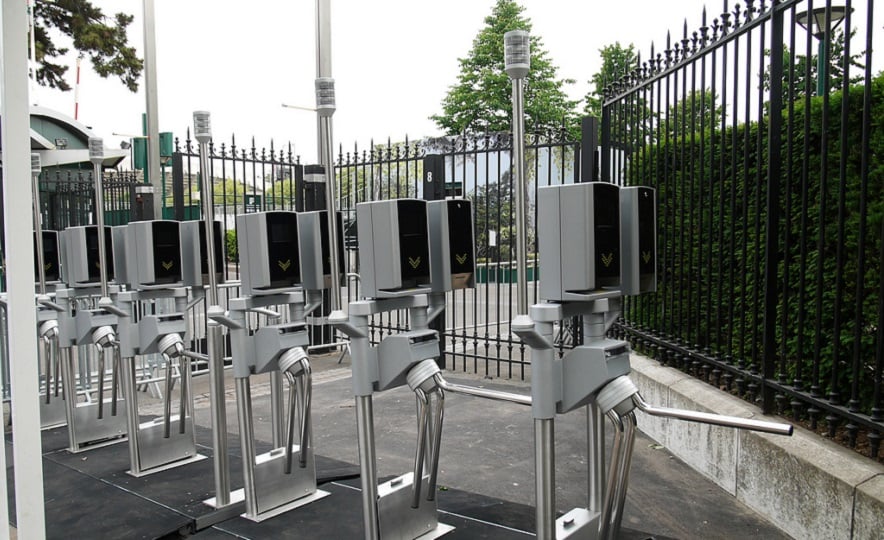What's New in Access Control?
Innovation in access control is quietly heating up. The industry is ready to implement innovations on a broad scale that have been just out of reach. Demand for virtual credentials is growing, facial recognition technology is both technically and economically feasible, and migration to the cloud is—and increasingly beneficial. Over the next few years, market adoption of these advances will transform the ways security professionals operate and organizations benefit from their access control systems.
Virtual credentials and mobile access technology
The demand for virtual credentials and mobile access is intensifying, driven in part by younger members of the workforce who never go anywhere without their smartphones. Suffice to say, most employees wouldn't turn their cars around for a forgotten physical credential, but they'll certainly restart their commutes to collect forgotten smartphones.
The benefits are simple: convenience, compliance, and satisfaction of workforce demand. Everyone carries their phone, security professionals enhance their management capabilities, and employees can stay on the move. By including the credential in a mobile device, embedded in an app, organizations can also provide novel security capabilities, such as threat reporting and virtual photo ID.
The good news is that virtual credentials and mobile access technology have progressed to the point that they are easier to implement. Migration is straightforward, and implementation does not need to be all-or-nothing. Instead it can be taken in phases leading to an interim hybrid approach that includes physical and virtual credentials.
Facial recognition
Facial recognition offers the advantage of using existing access control rules, while reducing the friction of the user experience.
Picture a busy New York City high-rise office building with turnstiles that control access to an elevator lobby. There are always a few employees who have to search their pockets or backpacks to fish out a physical credential. Implementing facial recognition eliminates that bottleneck. The software scans people as they approach the turnstile and transmits a virtual credential to the access control system. Where a line might otherwise have formed, authorized employees now pass through turnstiles efficiently.
Facial recognition access control is no longer out of reach. Today's computing power can be combined with increasingly high-definition cameras and advanced recognition algorithms to bring the costs of implementation way down.
Access control in the cloud
The access control server is the nerve center of an access control system, but it no longer needs to physically exist. The increasing prevalence of the cloud eliminates that necessity.
Rather than dealing with the maintenance of a physical server, the speed and convenience of the cloud can handle everything a hardware box used to. This advance allows for increased scalability. And it provides flexibility in how security professionals purchase and use access control servers. Now the integrator or manufacturer can reduce end user burden and cost by ensuring that systems are backed up and updated remotely.
What's next?
Innovations in access control systems will drive the industry over the coming years. Novel credentials, such as mobile access and face recognition technology, combined with cloud-based servers will deliver an altogether improved experience.
John L. Moss is CEO of S2 Security.
